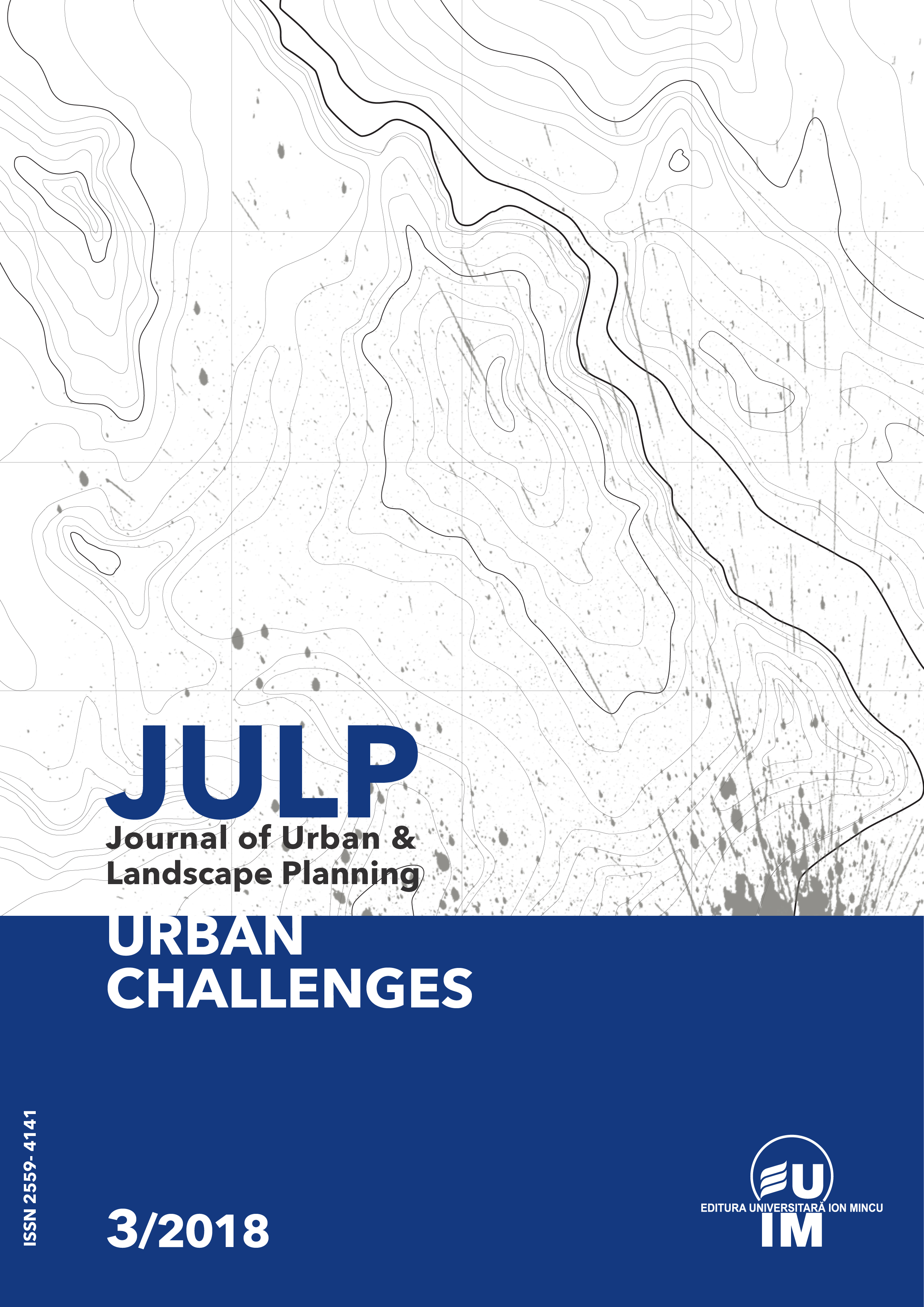German Church Architecture
German Church Architecture
Author(s): Maria Boștenaru Dan, Alexandra MeilăSubject(s): History, Fine Arts / Performing Arts, Essay|Book Review |Scientific Life
Published by: Editura Universitară “Ion Mincu”
Keywords: Religious Architecture; Danube Swabians; Transylvanian Saxons; Baroque; Migration
Summary/Abstract: This paper presents the heritage of Germans in Romania (Danube Swabians and Transylvanian Saxons) in relationship with the regions of emigration in the home country of Germany. Nowadays there are institutions dealing with the effects of immigration on art and architecture, including research institutions and museums, and the paper makes reference to these. Also, Italian research is interested in the province of Dacia and many conservation methods come from those lessons, while many of the buildings in the home country were inspired by Italian journeys. The heritage was subjected to disasters over time (earthquake, fire, war among others) and is facing abandonment today, for which reason conservation and management of these heritage buildings is important. This conservation includes also digital conservation, such as CAD virtual reconstruction and laser scanning.The confessional history has been different, with the Saxons arriving before the church Reformation and becoming protestant, while the Swabians arrived as part of the Counter-Reform of Emperor Maria Theresia of the Habsburgs. This and the position of the dominant architecture programme for the respective periods of history of architecture determined the position of the churches of different confessions in the city. In 2017, 500 years of Reformation were celebrated, which made the question of confession topical and the agreement today between Christians. Also, the basic professions of the immigrants influenced how the church architecture spread from urban to rural areas.Research methods included looking into both scientific literature and fiction dealing with the issue of German churches and the confessional history, research in the archives on urbanism issues, visit of the sites. Baden-Württemberg, the home of the Swabians, features even more important Baroque heritage after the emigration of the Danube Swabians, which opens the questions for incentives of the movement of population that time.
Journal: Journal of Urban and Landscape Planning
- Issue Year: 2018
- Issue No: 3
- Page Range: 87-98
- Page Count: 11
- Language: English

